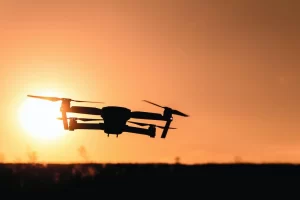“Drones for Good: How These Unmanned Aerial Vehicles Are Helping to Save Lives and Protect the Environment” Leave a comment
Drones, also known as unmanned aerial vehicles (UAVs), have become increasingly popular in recent years due to their versatility and ability to reach areas that may be difficult or dangerous for humans to access. However, beyond their use in military and commercial applications, drones are also being used for good in a number of ways, particularly in the areas of saving lives and protecting the environment.
One major area where drones are making a positive impact is in rescue and emergency response. Drones can be used to locate and rescue people in difficult-to-reach areas, such as mountains, forests, and the aftermath of natural disasters. They can also provide real-time video and thermal imagery to help emergency responders make informed decisions about the best course of action. In some cases, drones are even being used to transport medical supplies and defibrillators to people in need.
Another way that drones are being used for good is in environmental conservation. Drones can be used to monitor and protect wildlife and natural habitats, as well as track and prevent illegal logging, poaching, and other environmental crimes. They can also assist in monitoring and predicting natural disasters, such as wildfires and floods.
While drones have the potential to make a significant positive impact, there are also challenges and limitations to their use. One major issue is the regulation and legal framework surrounding drones, as well as privacy concerns. It’s important that drones are used responsibly in order to avoid any negative consequences. Additionally, the cost and maintenance of drones can be a barrier for certain organizations and communities, limiting their accessibility.
Overall, drones are proving to be a valuable tool in a variety of situations where they can help to save lives and protect the environment. With responsible use and continued development, drones have the potential to make a positive impact in the future.












